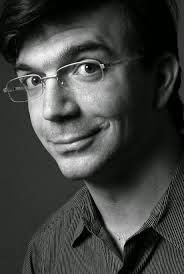Advantages for
multiple columns:
They
provide flexible formats for publications that have a complex hierarchy or that
integrate text and illustrations.
How many characters for
line length? Words?
75, 12
Why is the baseline grid
used?
serve
to anchor all or nearly all layout elements to a common rhythm
What are reasons to
justify? Unjustify?
Makes efficient us of space, also creates a clean compact
shape on the page and useful for newspapers and books.
When ugly gaps occur or if the line length is too long
What is a typographic
river?
A river of white or
gaps in typesetting which can run through a body of text
Clothesline:
Hangline: An area
across the top reserved for images and captions
Flowline?
Type color? Type
texture? Light or bold aspects
How does x-height
effect type color? Smaller x heights will appear darker or dense
New paragraphs?
Rules?
Indent and line break
Line break and ½ line space
Outdent and line break
Extra space inside line
Symbol
Type crime Too
many signals

















.jpg)





















